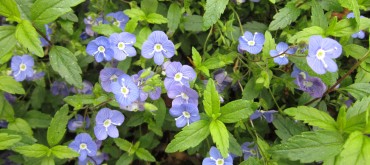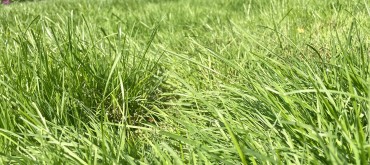Problem
Sod webworms attack many varieties of grass, but are especially deadly on bluegrass lawns. The early warning of a possible sod webworm problem comes when you see small, brownish-grey moths flying in a jerky, zigzag pattern over the lawn in the early evening. These adults don’t damage the lawn, but during these evening flights the moths are laying the eggs that soon hatch into the larvae (or worms) that feed on the turf. These webworms are 2cm long and vary in colour from green to brown/grey. They are also covered in long hairs and have darker spots along their back. Damage almost never appears in heavily shaded areas because webworms favour hot and dry conditions. If damage does occur, it will be in irregular brown patches with green frass left in thatch during late August to September.
Solution
The best defence against sod webworms is a healthy lawn. If your lawn is fertilized regularly, mowed accurately and irrigated properly it will be able to withstand insect feeding. First and foremost, watering deeply but less frequently will allow the roots of your grass to deepen and your lawn will be able to grow new leaf blades as well as repair itself quickly from any insect feeding. One inch of water once a week between 4am to 7am is crucial to maintain active growth. Proper mowing is also very important, you should never cut more than 1/3 of the grass blade off at any time to avoid shocking the grass plant. Keep your lawn around 3” long to make sure your grass doesn’t start using its food reserves, which will impact how quickly it recovers.
If you would like our teams assistance on handling the fertilizing component of your lawn’s needs, you can visit our services page here to get started with an estimate!





